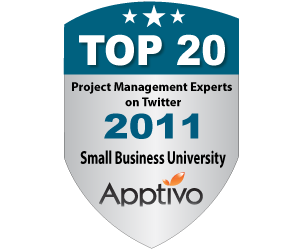August Challenge:
Rescuing the Chilean Miners
Each month we will present you with a HOT TOPIC CHALLENGE that will generate real-time discussion within the PW&WCBA community LIVE via the Discussion Module in our
LinkedIn Group.
We'd then like YOU (the ProjectNews Community) to talk about, criticize, share and develop suggestions and improvements with your peers based on each monthly challenge. If you are interested in participating or would just like to hear what others are saying - join the conversation.
August Challenge:
How will Chile's national copper company, Corporación Nacional del Cobre, work to remove the 33 trapped miners from the mine?
Stakeholders:
Chilean government civil-defense and mining specialists, other government officials, Corporación Nacional del Cobre, Cia. Minera San Esteban Primera (the mine operator), rescue workers, drilling engineers
Topic for Discussion:
33 miners, trapped a half a mile underground in a San José mine since August 5, are still alive and currently waiting to be rescued. They are currently communicating and receiving nourishment through two holes drilled by rescuers. The miners themselves seem to be in good health and have hope to be extracted. The rescue effort is an ongoing process and is expected to last months.
There are many factors that need to be taken into consideration before attempting to extract the workers from the mine. Because the mine is an unstable environment there are far more risks that need to be analyzed and execution of this project must be done carefully to have all the men removed safely. Project factors that need to be evaluated include equipment to be used by rescuers, conditions of the mine, safety and health of the trapped miners and the rescue workers.
For the full story on the trapped miners in Chile, click
here.
Now It's Your Turn:
If you were in charge of rescuing a group ,
• What factors would you consider before starting?
• Who would need to be involved in the process?
• How would you organize operation of this project?
• What steps would you take to try and prevent similar accidents from happening in the future?
Now its time for you to join the conversation -
Share your ideas, suggestions and thoughts on our LIVE discussion on
LinkedIn.
Conclusions based on the articles, "Chile Prepares for Long Rescue Effort" from
The Wall Street Journal..
________________________________________
Your contributions are welcome!
We are always interested in hearing about new best practices, case studies or lessons learned. If you are interested in sharing your story in the next ProjectNews, please submit your ideas
here.
________________________________________
This Newsletter has been brought to you by ...
ProjectWorld & The World Congress for Business Analysts USASave the Date…
ProjectWorld & The World Congress for Business Analysts November 8-10, 2010 | Walt Disney World Swan, Orlando, FL
Register today & take advantage of early bird savings - Save $100 by September 17th!
Be sure to visit
www.projectworld.com for tools, articles, templates and event updates.
________________________________________









